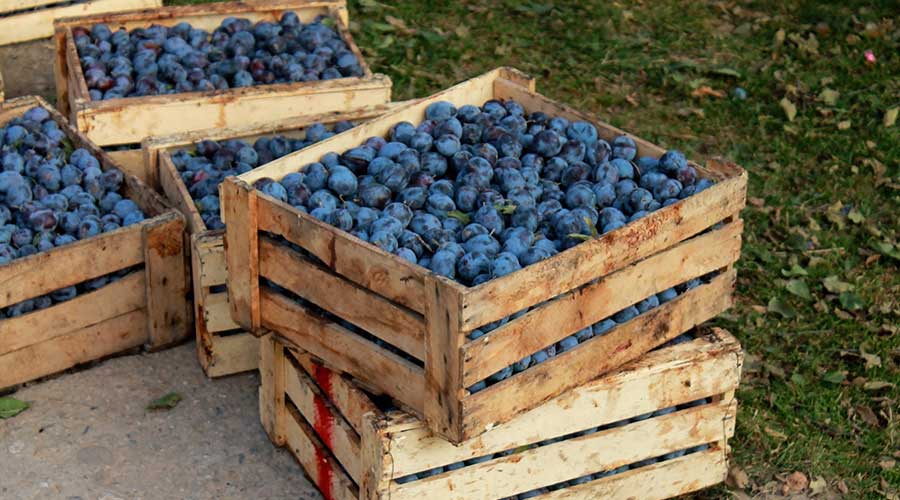
Transportation of essential products, especially edibles comes with a lot of shipping dangers. The safety of its packaging and quality could be compromised due to any number of unforeseeable circumstances. Be it by road, railways, air, or water; the transportation hazards are not just limited to transit but also machine and manual handling of the essentials as well. The complexity of the supply chain is also a huge factor that contributes to the danger of safety of the product transported as long transits and frequent handling can cause heavy or minor damages, both of which need to be avoided to the greatest possible extent. The principal hazards in the transport environment can be classified into five types; which include shock, vibration, compression, extreme climate conditions, and altitude. While the first three are a result of rough handling and unplanned packaging, the last two are factors that hugely depend on the quality of commute and sustainable measures taken to avoid the same to the best possible extent.
The most common ways that suppliers and warehouses still prefer using to avoid most of these hazards are by stuffing boxes with newspapers or straws. This can help with the absorption of momentum when the goods are in transit or are being handled by inexperienced or impatient delivery agents. But this is not a permanent solution, often the stuffed newspapers and haystacks can affect the product’s hygiene and smell. The stacks of papers used often are dusty after being hoarded in storage spaces and not maintained well. The straws sometimes affect the smell of the product or stain it with dirt. In the long term, this could affect a consumer’s buying decision and the business can lose money.
Hence it is advisable to switch to use transportation crates that come in different shapes and sizes. The shapes and size can be decided based on budget, quantity to be placed, maintenance and other variables to be considered. Crates also come as open for food items, closed for fragile products, and framed for products that come in bottles. It is all based on the products being shipped. Crates are well crafted with a specific focus on the choice of materials being used. Some examples of the sturdy materials often used are wooden, plastic, and metal crates that can be used. While wood is more affordable, plastic is long-lasting and hygienic whereas metal can hold more weight. Therefore, choosing the right crate for your product has to be a decision made based on product, budget, supply chain, transit, and environment.
In the end, crates are a product that can increase productivity and reduce damage costs. A good transportation vehicle and a good team are just two of three factors. A well-created crate will help you reach the finish line and ensure a happy and loyal customer.
POSTED BY
Team 13SQFT